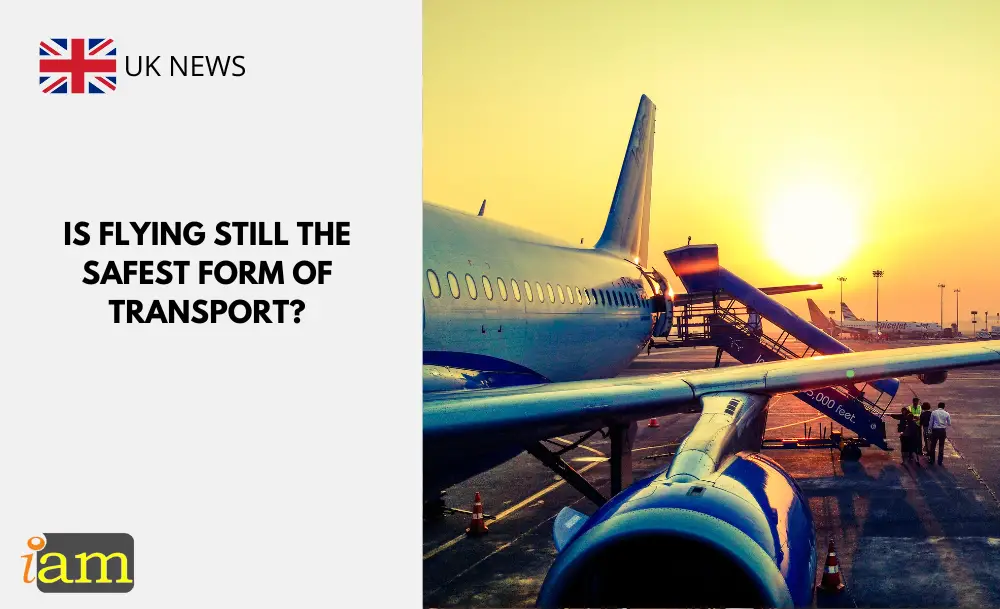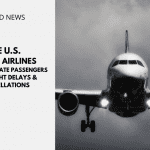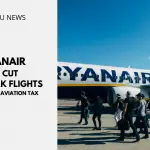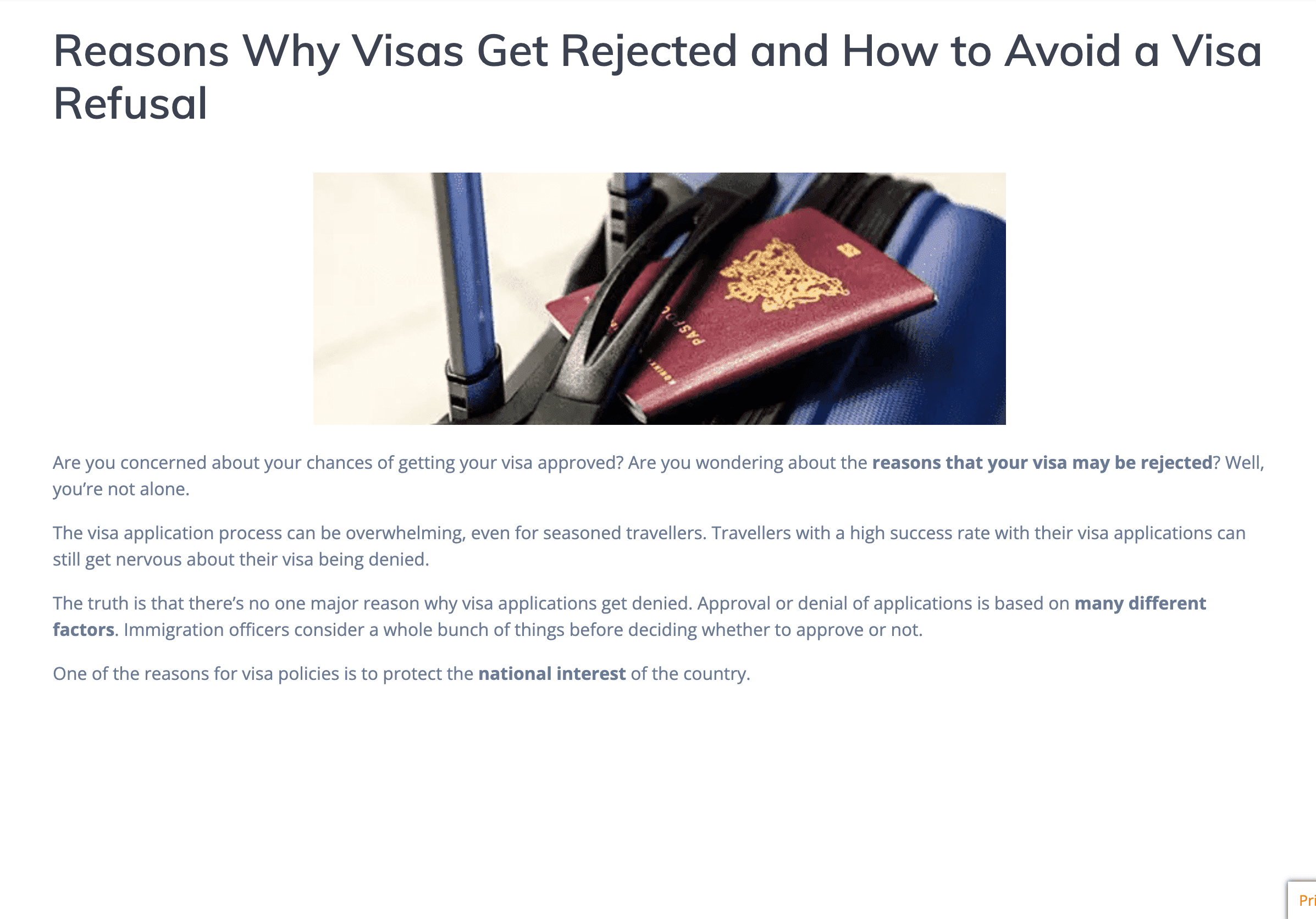Is Flying Still the Safest Form of Transport?

Aviation safety has once again come under scrutiny following a recent Delta Airlines crash landing in Toronto. While no fatalities occurred, the accident has reignited concerns over air travel safety, particularly in light of several high-profile aviation incidents in recent months. Despite recent events, experts affirm that flying remains the safest form of transportation.
Although aviation accidents naturally raise alarm, data suggests that fatal airline crashes are still extremely rare. According to the Aviation Safety Network, despite multiple high-profile accidents, commercial aviation continues to maintain a strong safety record.
Causes of Aviation Accidents and Safety Improvements
A significant majority of aviation accidents—up to 80%, according to Embry-Riddle Aeronautical University—are attributed to human error. Pilot errors account for 53% of cases, while mechanical failures contribute to only 21%. This highlights the importance of rigorous training and automation improvements in the industry.
The most dangerous phases of a flight are takeoff and landing. Airbus research shows that these moments account for the highest proportion of aviation accidents. Many recent crashes, including the Jeju Air and Azerbaijan Airlines incidents, occurred during landing, emphasising the need for continued advancements in aircraft technology and pilot training.
Every incident in aviation leads to detailed investigations, which result in improved safety measures. Black box data analysis, enhanced air traffic control systems, and updated aircraft maintenance procedures all contribute to minimising risks. Although turbulence and weather-related incidents continue to pose challenges, they rarely lead to fatal crashes.
The Future of Aviation Safety
Despite recent incidents, the aviation industry continues to improve. Regulatory agencies such as the International Civil Aviation Organisation (ICAO) works with airlines and manufacturers to uphold strict safety standards worldwide.
Aviation safety remains a collaborative effort. Engineers, pilots, air traffic controllers, and regulatory bodies all contribute to maintaining aviation’s exceptional safety record. While no transportation system is completely risk-free, flying remains statistically the safest way to travel, thanks to constant advancements in safety protocols and technology.
For passengers concerned about safety, experts reassure that aviation remains far ahead of other forms of transport in terms of reliability and security. With each incident analysed and improvements made, the skies continue to be safer than ever before.
Short-Haul Alternatives: Trains and Buses
While air travel is the safest mode for long-distance journeys, for short-haul trips, alternative transport options can be both safe and environmentally friendly.
Rail travel is one of the safest alternatives to flying. With advanced signaling systems and automated controls, train accidents are rare. High-speed rail networks in Europe and Asia provide efficient, comfortable travel between major cities, often rivaling flight times when factoring in airport security and boarding procedures.
Long-distance buses and coaches offer another safe alternative, with modern fleets equipped with advanced braking systems, seatbelts, and strict driver regulations. While travel time is longer compared to flying, buses provide a low-cost, direct option for regional travel.
Although convenient, road travel carries a significantly higher risk than flying or taking the train. According to the World Health Organization (WHO), road traffic accidents account for over a million deaths annually worldwide, making it the least safe mode of transport.
Flying remains the safest mode of transport, but for short-haul journeys, alternative options like trains and buses provide both safety and sustainable travel solutions.
How will you choose to travel? Talk to us in the comment section below. Or if you need more advice on the above, contact us for further travel & immigration advice.
Check out the deals we have found below and tell us your travel plans.
Check out the offers and discounts from:
And because of the pandemic, don’t forget to get your travel insurance, which will cover you for flight disruptions and pandemic related matters.
IaM can help with your visa application to Europe, the United States, the UK & other countries
If you need help with a US visa, a UK Visa, or a visa to Europe, including help with appointment booking obligations, IaM can help. For more information and advice on US immigration, UK immigration law and US visa applications or if you need any help or assistance please, reach out to your Visa Coordinator at IaM.
Some of our posts include affiliate links. If you choose to purchase any of these products, we might get a small commission. For more information, check out our TOS.
- EU Confirms Launch Date for Long-Delayed Entry/Exit System - 26 July 2025
- UK Government Advises Caution Over Thailand-Cambodia Conflict - 25 July 2025
- UK Passport Slips to 6th Place in 2025 Global Rankings - 23 July 2025











